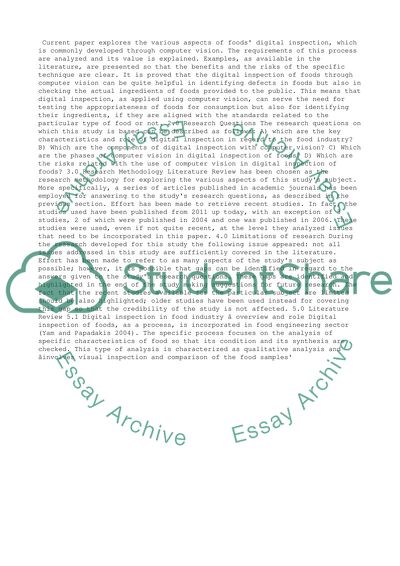Cite this document
(“Digital inspection in food industry(compuer vision) Essay”, n.d.)
Retrieved from https://studentshare.org/management/1493103-digital-inspection-in-food-industrycompuer-vision
Retrieved from https://studentshare.org/management/1493103-digital-inspection-in-food-industrycompuer-vision
(Digital Inspection in Food industry(compuer Vision) Essay)
https://studentshare.org/management/1493103-digital-inspection-in-food-industrycompuer-vision.
https://studentshare.org/management/1493103-digital-inspection-in-food-industrycompuer-vision.
“Digital Inspection in Food industry(compuer Vision) Essay”, n.d. https://studentshare.org/management/1493103-digital-inspection-in-food-industrycompuer-vision.


